With Koshikaa X Ray scan Centre in Bangalore , Experience the benefits of advanced digital X-ray technology. Contact us today for a full body x ray. Our experienced staff is ready to assist you and answer any questions.
At our x ray centre in bangalore, we provide comprehensive x ray services for a variety of medical illnesses as well as for any type of recurring checkup, ensuring that patients receive proper treatment and the best healthcare results.

Advanced X-ray Technology

Accessible and affordable

Patient-Focused Approach

100% Reliable and accurate reports

Easy and convenient booking

Comprehensive Screening
What is the X Ray cost in bangalore?
A pelvic ultrasound examines the organs in the pelvic area between the lower abdomen (belly) and legs. It assesses organs such as the bladder, prostate, rectum, ovaries, uterus, and vagina. Consider an Ultrasound Scan In Bangalore for a comprehensive examination of your pelvic organs.
Note: Price may varies
Utilizing X-Ray in Bangalore enables effective visualization of various structures and conditions within the body,
Wear loose and comfortable clothing on the day of your X-ray. This allows ease of movement and ensures your comfort during the process.
Before your X-ray, kindly remove any jewelry or clothes containing metal, such as zippers or metal buttons. These items may interfere with the X-ray images and need to be taken off.
You can eat and drink as usual before your X-ray. There is no need to fast or avoid any specific food or beverages
Continue taking your regular medications as prescribed. It is essential to maintain your usual medication schedule unless advised otherwise by your healthcare provider.
ATTENTION, TO-BE-MOMMYS!! If you are pregnant or suspect you might be, please inform the staff prior to the digital X-ray. While X-rays are generally safe, special precautions may be necessary for pregnant individuals, and in non-urgent cases, X-rays may be deferred until after pregnancy.
I was thoroughly impressed with my Chest X-Ray here. The staff was friendly, the technician skilled, and results were promptly provided with clear explanations
Koshikaa for Spine X-Ray surpassed my expectations. The staff was professional and caring, the technician thorough, and the facility clean and comfortable. Highly recommended.
My pelvic X-Ray experience here was seamless. The knowledgeable technician answered all my questions, and results were promptly delivered with follow up to ensure understanding.


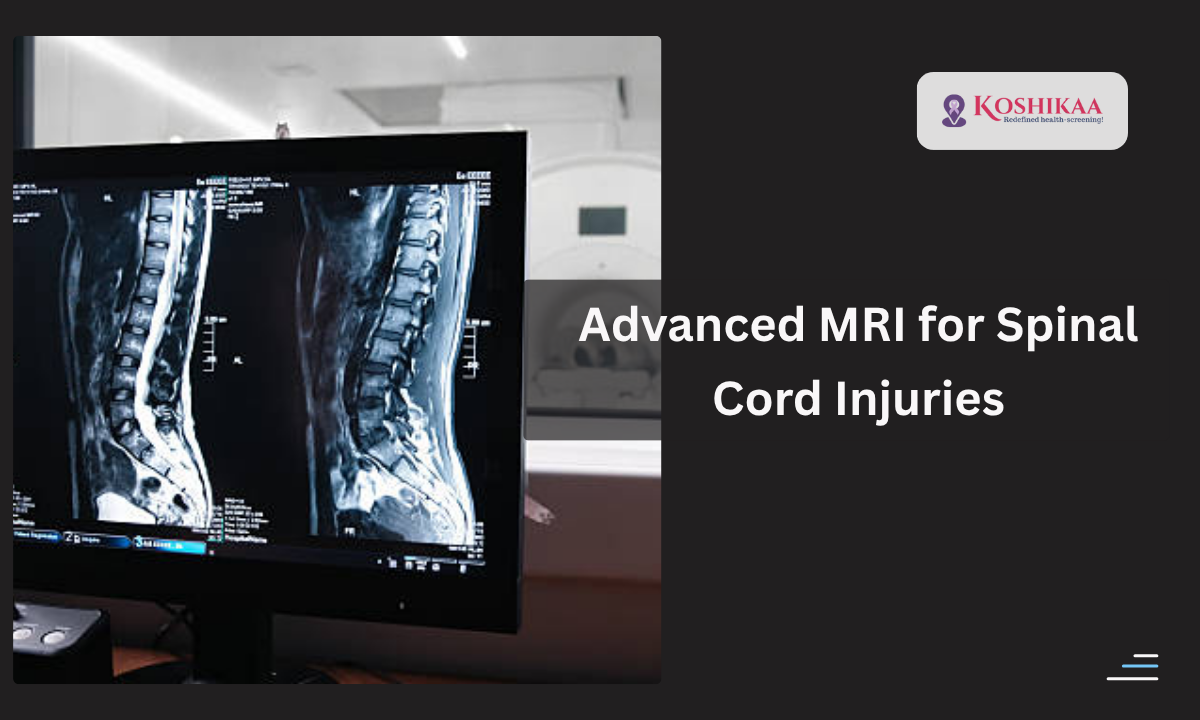
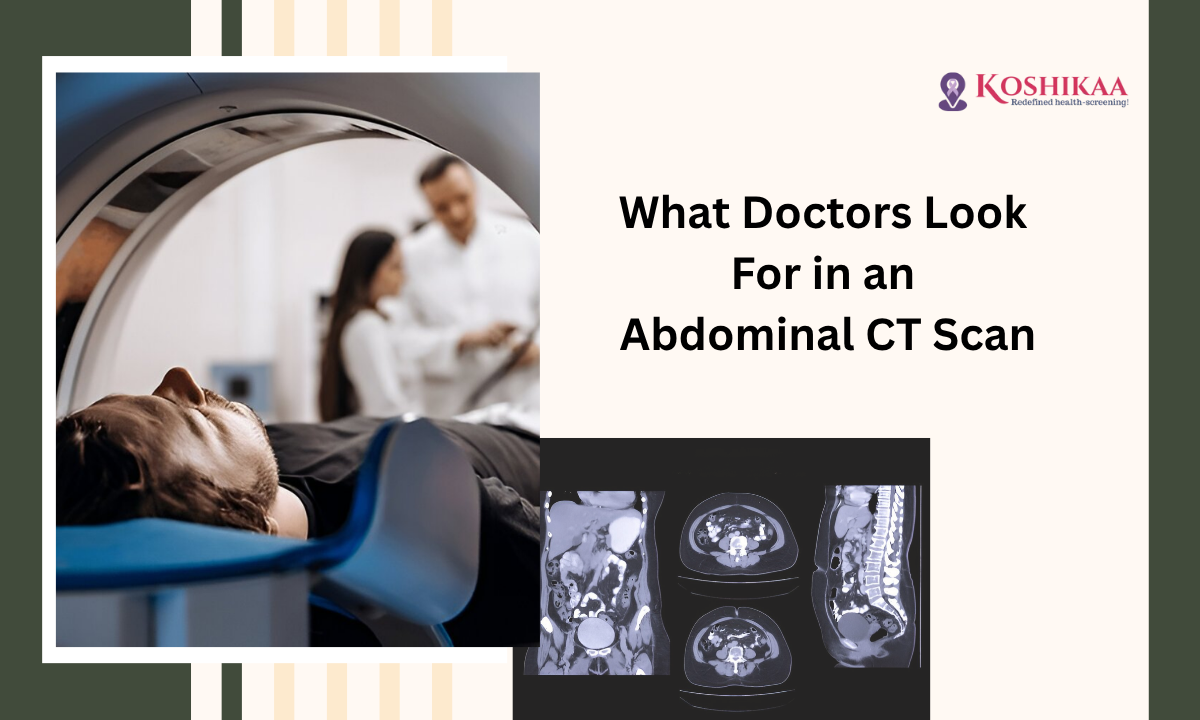
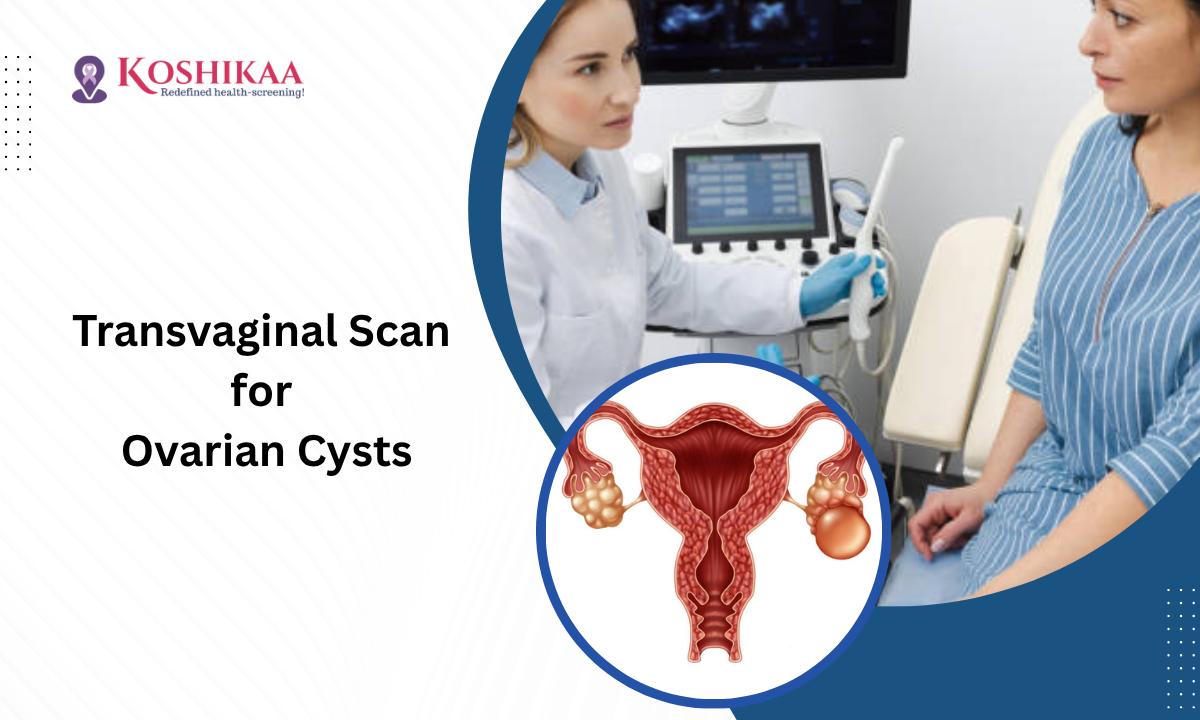
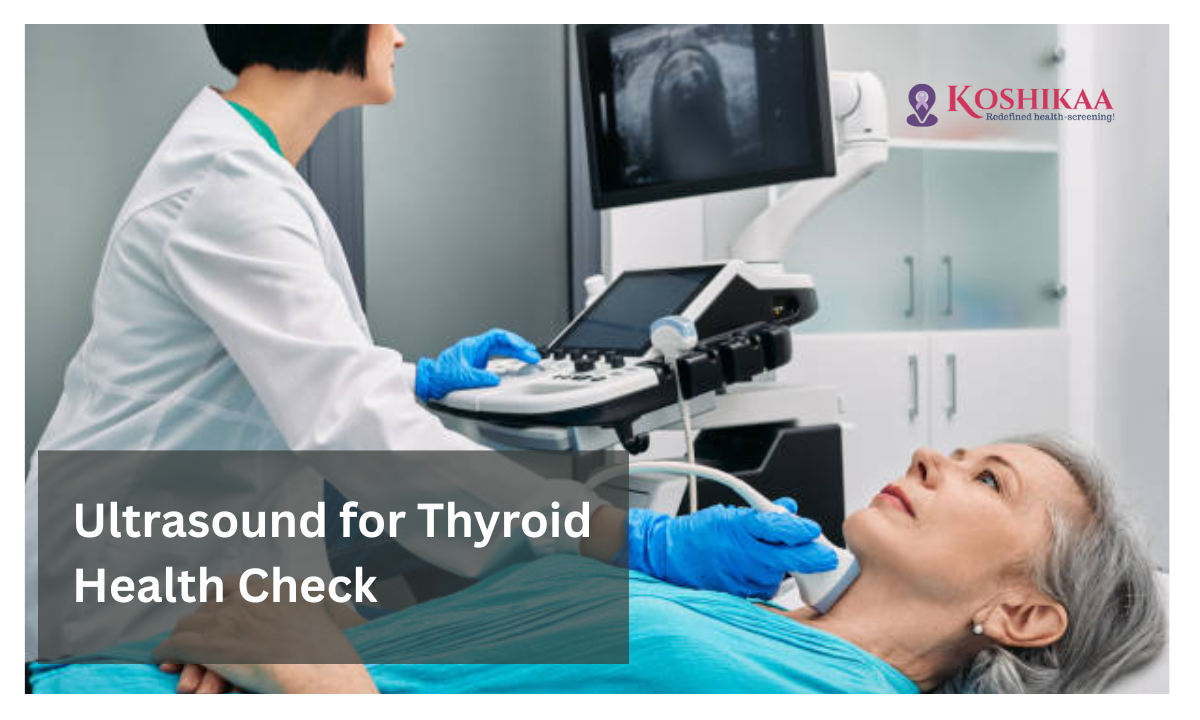
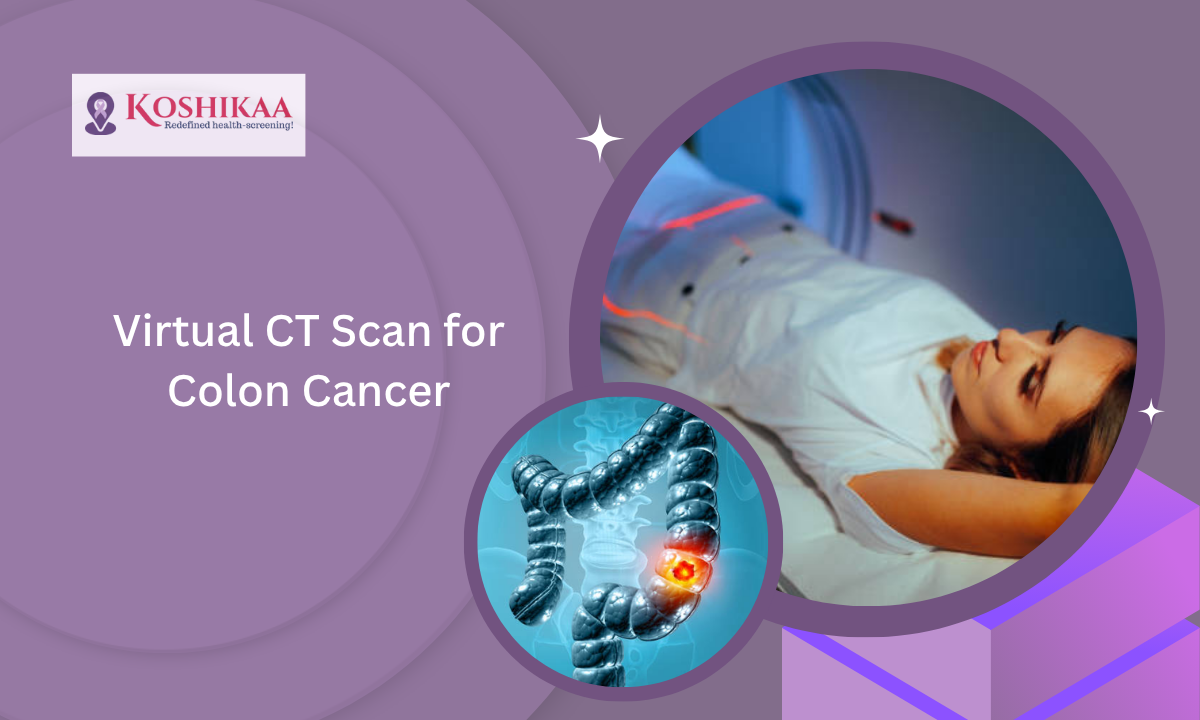
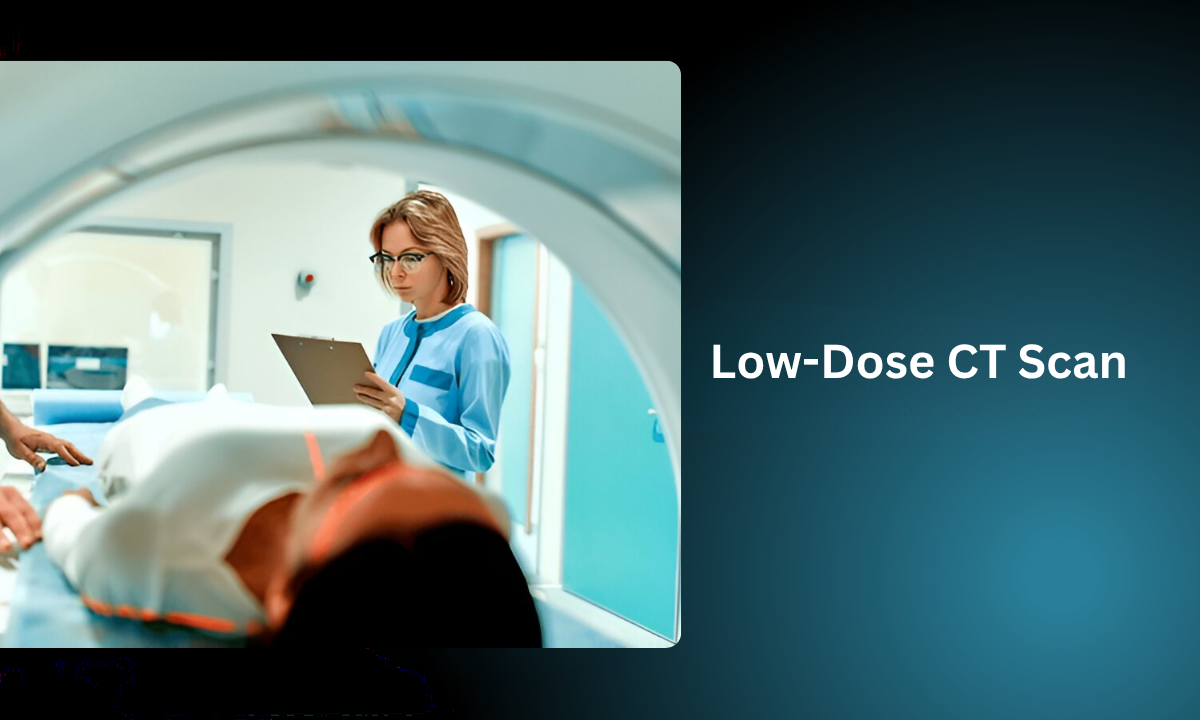
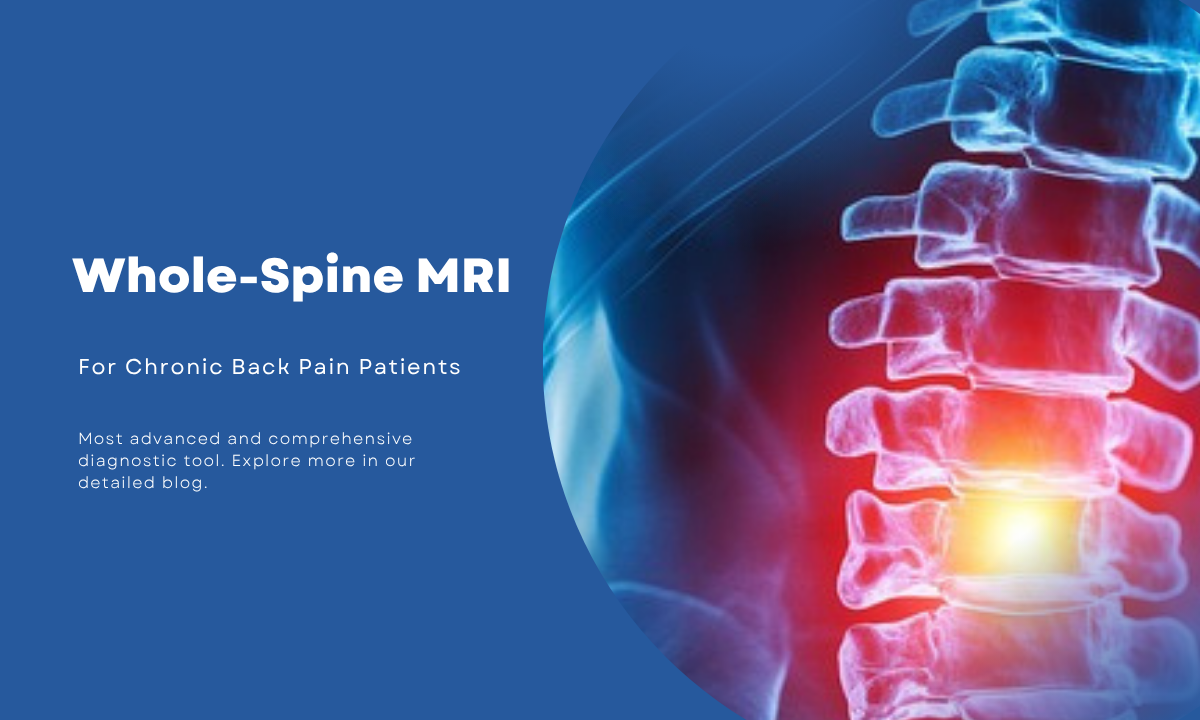
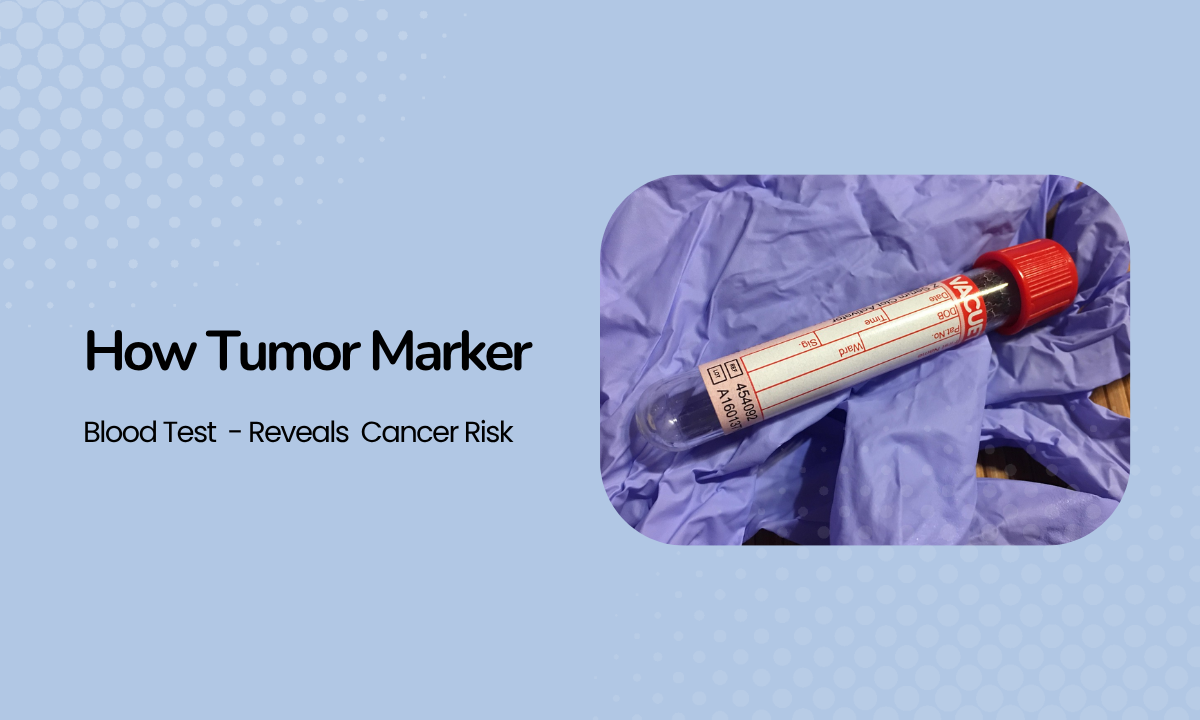

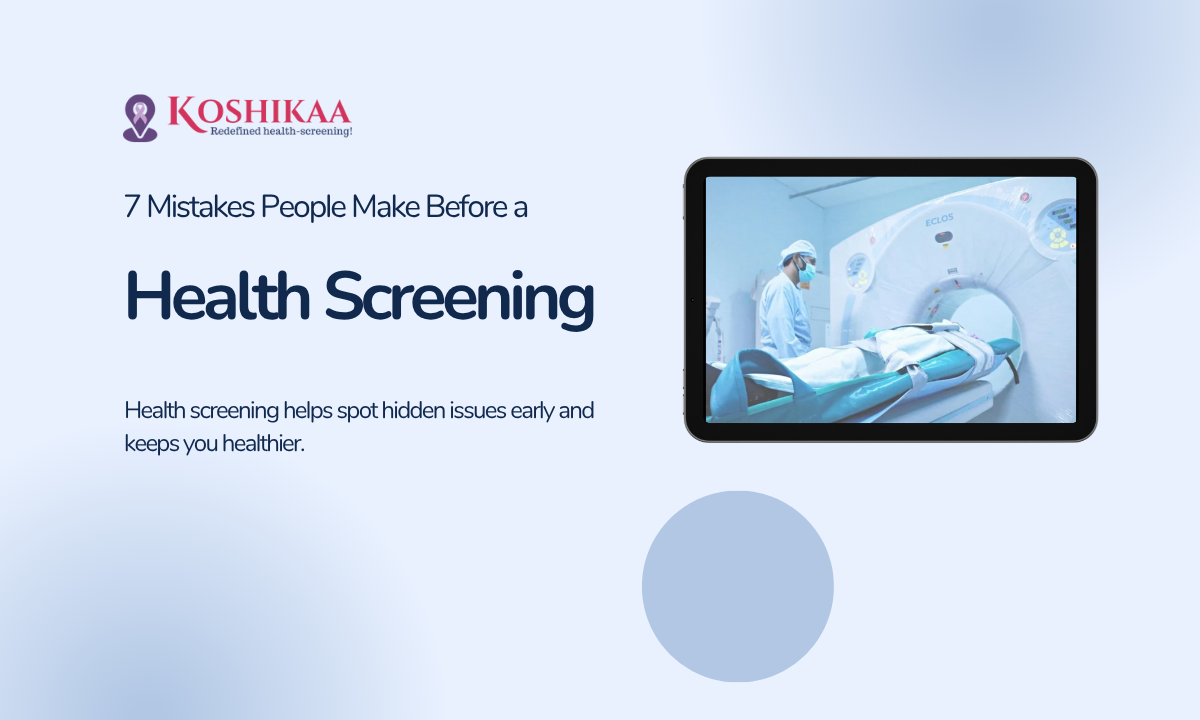
Bone X-rays are essential for diagnosing fractures and assessing bone alignment, aiding doctors in developing treatment plans and monitoring healing progress. They provide detailed images of the skeletal system, helping identify abnormalities or injuries that may not be visible through other imaging techniques